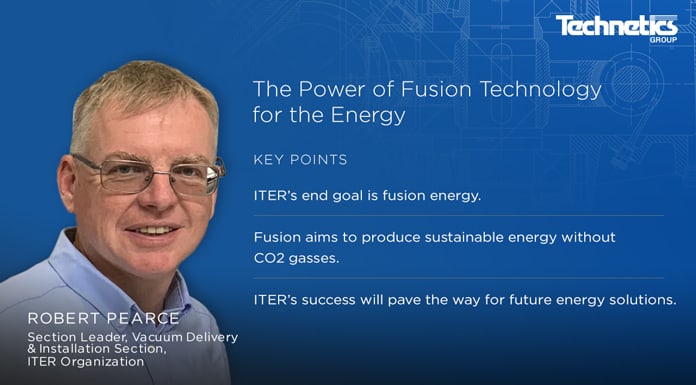Metallic Seals Meet the Most Extreme Demands
Talk about small but mighty. A 1/8 metal seal on a valve can be the difference between success and critical failure.
On this episode of Getting Technetical, host Shelby Skrhak sat down with Cindy Krishna and Bruno Quilling to discuss the variable viability of metal seals that help solve tough sealing problems.
“Valves are continuously moving, so there’s a real hard demand on them,” Krishna said.
Multi-purpose solutions — ones that work for most industries — can struggle to meet extreme demands within specific valve uses, Quilling explained.
“More commonly used sealing materials like elastomer or graphite can become deformed and lose tightness,” Quilling said.
But advances in metallic sciences have helped to bring in more durable sealing solutions to market.
“We’ve seen the evolution of metal seals over time with increasing demands from the environment,” Krishna said. “It’s the change in extremes of what we’re asking valves and pumps to do these days that are really driving that significant change.”
The extremes are quite significant. Seals must withstand temperatures as low as –423°F and as high as 1450°F, survive corrosive or radioactive environments, and perform over the long-term without excessive material degradation.
Quilling says metal seals serve critical applications in the nuclear, oil and gas, and semiconductor industries.
“These are industries where failure is not an option due to cost,” he said.



